How to increase milk butterfat levels with feed
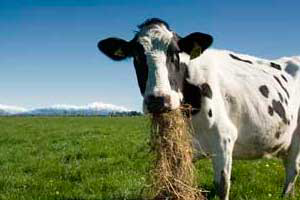
Feeding cows a consistent and constant diet can be a route to maximising milk butterfat levels. At a time when dairy farmers supplying Arla via the Arla Foods Milk Partnership are being advised to increase butterfat levels from 4% to 4.2% or face a 0.5p/litre price deduction, the pressure is on to hit that target.
The co-op says high butterfat levels are needed from its farmers in the UK to meet its requirements for manufacturing Anchor butter.
But achieving a butterfat increase could prove a challenge as turnout beckons, especially for farmers who don’t plan ahead by putting feeding strategies in place, says Chris Savery, a specialist in dairy nutrition at The Dairy Group.
Fibre digesting bacteria in the rumen take 10-14 days to adjust to major forage changes. Butterfats drop because 60-80% of butterfat is made from the products of rumen fermentation.
“To maximise milk fat percentages, cows need a consistent and constant diet, therefore to manage the challenges of turnout farmers really should plan ahead,” says Mr Savery.
A first and important step is to understand how their milk fat percentage typically varies, from month to month and from season to season, before they settle on a plan of action.
In Mr Savery’s experience, increasing the proportion of forage in the diet is important for increasing milk fats. Chop length is influential to this, more so if there is a lower proportion of forage in the diet. Mr Savery stresses the need to be aware of particle sizes contributing to the diet and to question the adequacy of this in influencing digestion in the rumen.
Combining gradual turnout with buffer feeding can ease turnout transition. But clear plans need to be in place on how this is to progress if good milk production and grazing are to succeed.
Buffer feeding only compensates partially for the change in diet consistency when cows start grazing. High yielders can be upset easily and feeding a live yeast over the transition between housing and grazing can be beneficial as it reduces stress on the rumen.
It is essential to allow time for managing buffer feeding correctly otherwise diet presentation will be poor, the feed will heat, spoil and be rejected. Once grazing is good, it is often excess concentrate supplementation that depresses milk fat percentages.
For good milk quality and yield, the diet nutrients must be correctly balanced. “There may be a case for higher ‘digestible fibre’ compounds or straights, or the addition of chopped straw or specific fats, but these are not automatic requirements and will vary farm to farm,” says Mr Savery.
On simple systems, the introduction of higher dry matter baled silage, hay or cereal wholecrops, can help increase milk fats without significant cost. By-products such as brewers’ grains may stimulate greater feed intakes but may not help milk fat percentage.
Alkaline forage may help to offset any excess acidity in the rumen; its fibrous component can lift milk fats, too. Where straw or hay is combined in a total mixed ration, these must be correctly processed to achieve a consistent diet. Soya hulls and palm kernel can help milk fat, but the nutrient supply from the whole diet must be considered.
Specific protected fats will help to increase the fat percentage, but they are not cheap and will have a varying influence on milk yield. But they may be cost-effective for feeding to high yielders, or to get over the threshold and out of the penalty band.
Mr Savery believes management of the diet is as important as the diet itself. Both can address butterfat levels in the short term.
A longer-term solution can be to breed for higher constituent cows. Some breeds highly rated for their high butterfat and protein percentage suit processors’ contracts while the Holstein might not suit grass and forage-based producers on cheese or yoghurt contracts.
“Breeding decisions will influence milk fat percentage; the information on this is available to all. It is a case of establishing the current position and the influence of the bulls currently used,” he says.
Join 26,000+ subscribers
Subscribe to our newsletter to stay updated about all the need-to-know content in the feed sector, three times a week. Beheer
Beheer

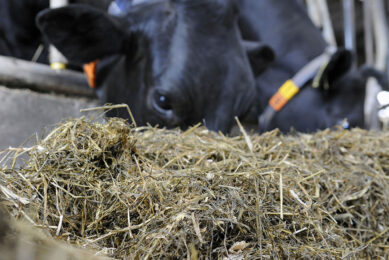
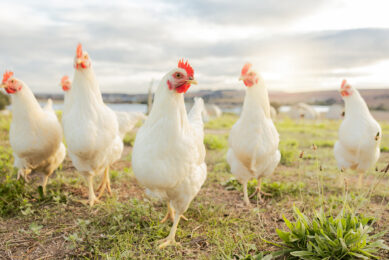
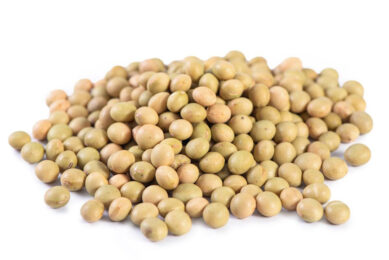
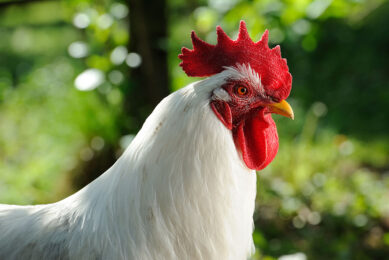




 WP Admin
WP Admin  Bewerk bericht
Bewerk bericht